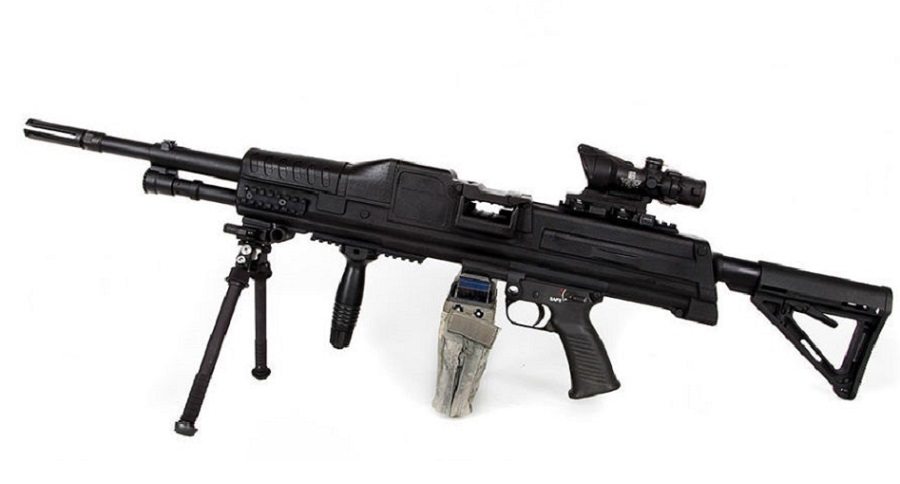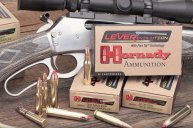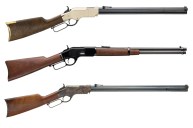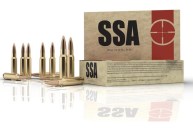A new lightweight polymer-cased ammunition system is being developed that could bring the U.S. Military's small arms into the 21st century. Is this the future for the military (and possibly sportsmen)?
A company called Textron Systems has developed and is now testing a new kind of ammunition designed to reduce a combat soldier's payload. The new "cased telescoped" (CT) ammunition system eschews the past 200 years of metallic cartridge technology, and uses modern polymers - yes, plastics! - to house primer, propellant, and projectile in a lightweight ammunition format.
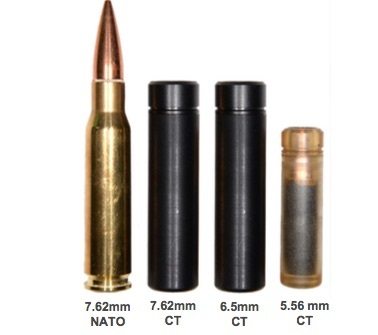
Textron photo.
Textron has been developing 7.62mm and 5.56mm telescoped rounds to be used in new M4, M249, and M240 Lima weapons. While the ammunition has met its goal of being lighter, (27 pounds saved over brass-cased ammo in a standard M240L loadout) Swedish testers have also determined that there is a 20 percent improved accuracy with the CT rounds as well, resulting in a theoretical lower needed ammunition loadout per troop. The lighter weight and shorter length of the CT rounds means shorter action cycles, with less resulting wear and tear on the firearms, and (probably) increased rate of fire and lower recoil.
Polymer-cased ammunition is also being developed to propose a replacement infantry weapon for the Army's aging M4 platform. Textron's new "6.5mm Carbine Weapon" utilizes a larger 6.5mm/.264" bullet (instead of the current 5.56mm/.224") that offers enhanced ballistics through greater weight and ballistic coefficients. Using a piston-driven gas system and a 20-round magazine, the 6.5mm Carbine Weapon System that is under development could offer significant advantages to the U.S. Infantryman once fully developed.
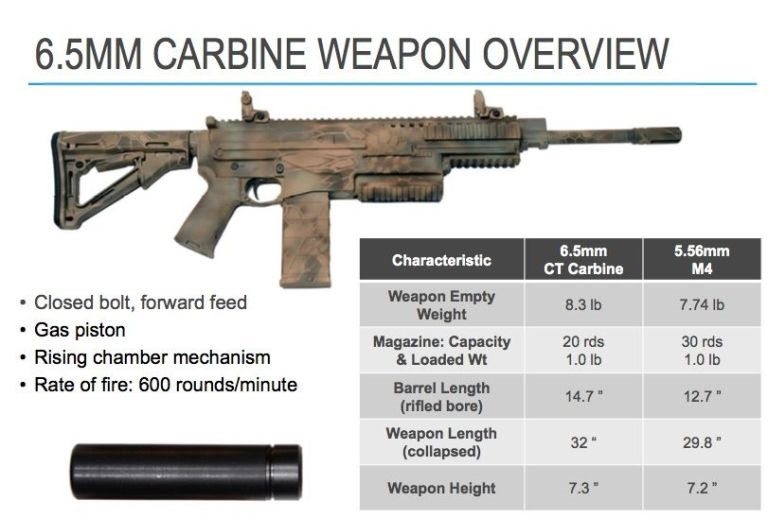
New "6.5mm Carbine Weapon" system overview. Textron photo.
While it is likely that polymer-cased ammunition will trickle down to sportsmen in the future, one has to wonder about how quickly the technology will be adopted by hunters and target shooters. CT ammunition may one day be less expensive than brass-cased ammunition, as well as more efficient. It also will offer shorter action lengths for lighter rifles to be carried in the field. However, it is unknown if the CT ammunition can be reloaded (I'm assuming not), which will alienate a large portion of shooters who like to "roll their own". Time will tell how brass-cased ammunition alternatives will play out, but this is certainly technology worth keeping an eye on.
NEXT: WHAT'S THE BEST CALIBER FOR LONG-RANGE HUNTING?
